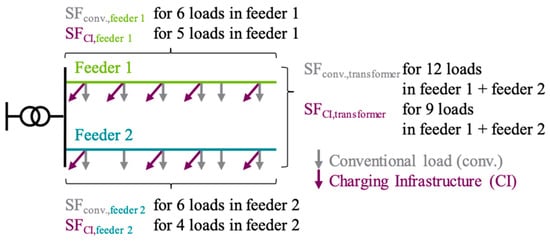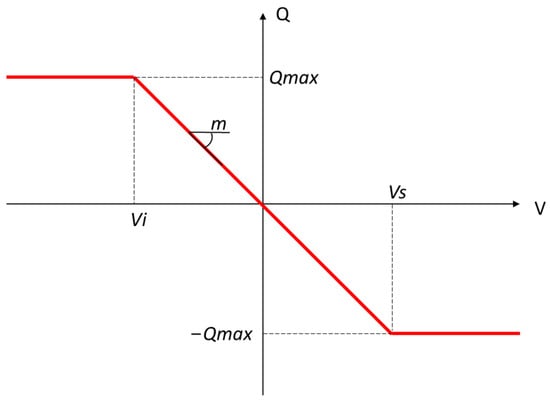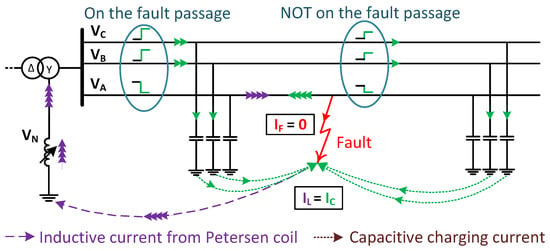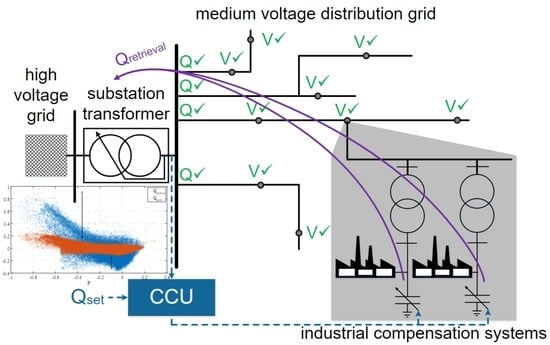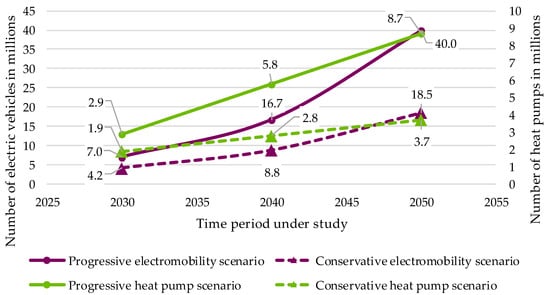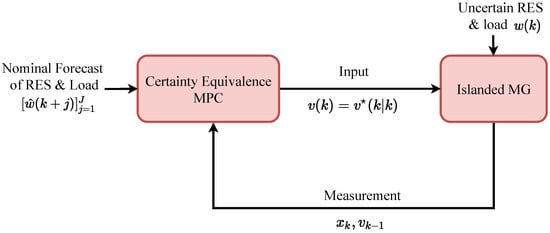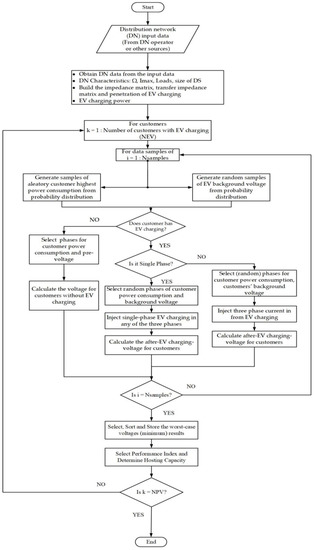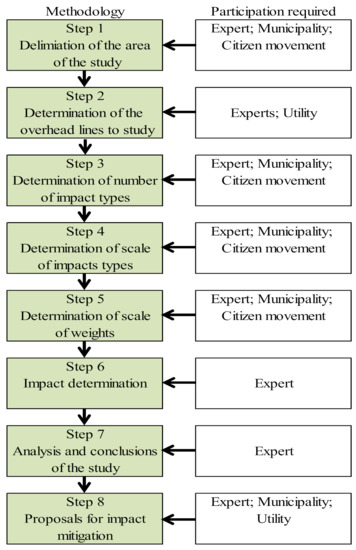Optimal Operation and Planning of Smart Power Distribution Networks
A topical collection in Electricity (ISSN 2673-4826).
Viewed by 60421Editor
Interests: power system planning; power system operation; power system analysis; power system control; active distribution systems; distributed energy resources
Special Issues, Collections and Topics in MDPI journals
Topical Collection Information
Dear Colleagues,
We invite you to submit articles to a Topical Collection of Electricity related to the subject area of “Optimal Operation and Planning of Smart Power Distribution Networks”.
This Topical Collection will deal with novel models and methods for solving emerging operation and planning problems of smart power distribution networks.
Power distribution networks are in a transformation from passive to active distribution networks, also called smart distribution networks, owing to the fast development of emerging information and communication technologies, and the integration of advanced metering infrastructure. The main reason for the transformation to smart distribution networks is the need to accommodate the high penetration of distributed generation, especially renewable energy sources, in order to meet the environmental targets for gas emission reduction and sustainability.
The optimal operation and planning of smart distribution networks is a hot research topic since it can help to achieve several objectives, including maximum penetration of distributed energy resources, gas emission reduction, power distribution cost reduction, potential increase of service quality to the end-customer, and deferral on distribution network upgrades.
Prof. Dr. Pavlos S. Georgilakis
Collection Editor
Manuscript Submission Information
Manuscripts should be submitted online at www.mdpi.com by registering and logging in to this website. Once you are registered, click here to go to the submission form. Manuscripts can be submitted until the deadline. All submissions that pass pre-check are peer-reviewed. Accepted papers will be published continuously in the journal (as soon as accepted) and will be listed together on the collection website. Research articles, review articles as well as short communications are invited. For planned papers, a title and short abstract (about 100 words) can be sent to the Editorial Office for announcement on this website.
Submitted manuscripts should not have been published previously, nor be under consideration for publication elsewhere (except conference proceedings papers). All manuscripts are thoroughly refereed through a single-blind peer-review process. A guide for authors and other relevant information for submission of manuscripts is available on the Instructions for Authors page. Electricity is an international peer-reviewed open access quarterly journal published by MDPI.
Please visit the Instructions for Authors page before submitting a manuscript. The Article Processing Charge (APC) for publication in this open access journal is 1000 CHF (Swiss Francs). Submitted papers should be well formatted and use good English. Authors may use MDPI's English editing service prior to publication or during author revisions.
Keywords
- smart power distribution networks
- active distribution networks
- information and communication technologies
- advanced metering infrastructure
- active network management
- voltage control
- power flow management
- network reconfiguration management
- optimal operation of smart distribution networks
- optimal planning of smart distribution networks
- optimal allocation of distributed energy resources
- distributed energy resources
- distributed generation
- renewable energy sources
- energy storage systems
- demand response
- power quality
- distribution network reliability






